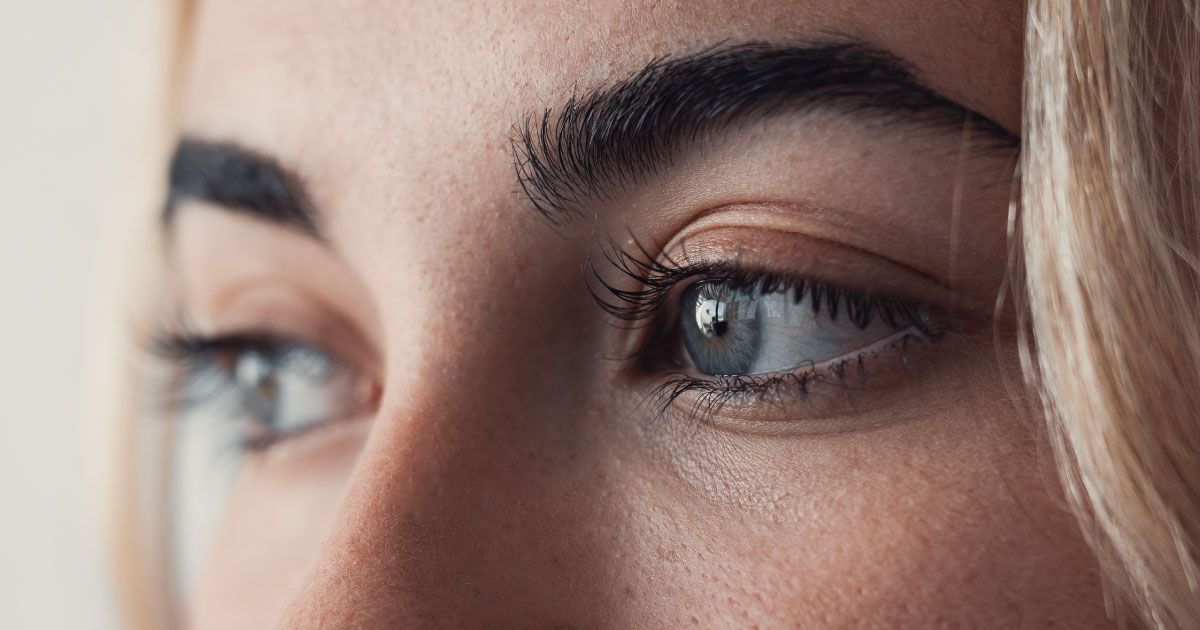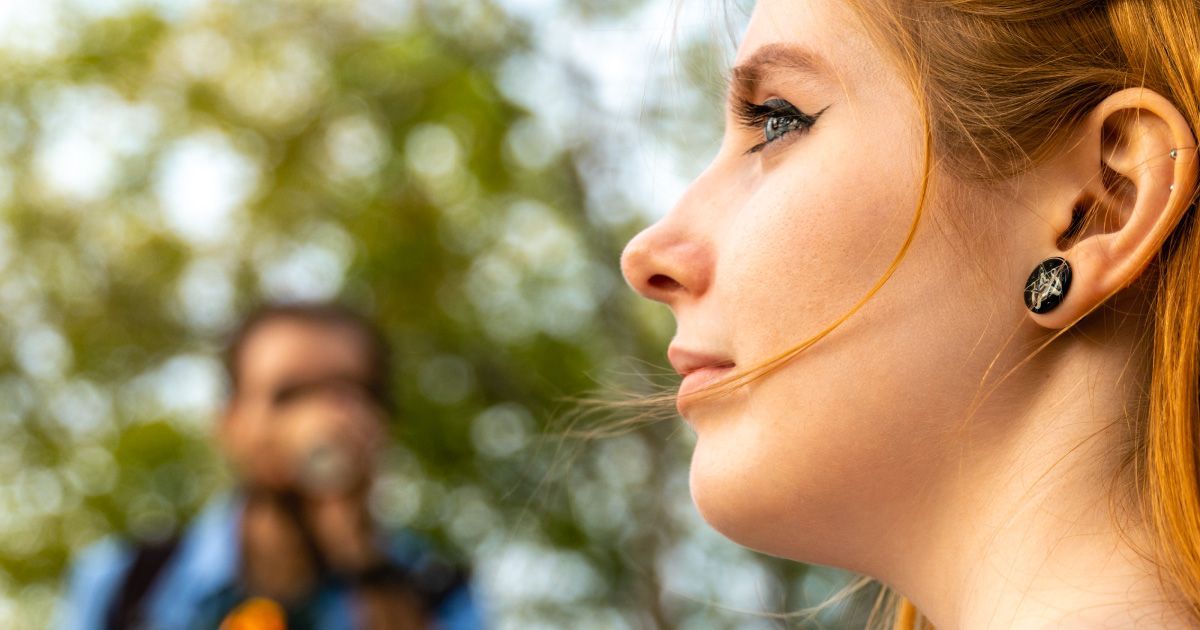More Than Meets the Eye: The Vital Role of Eyebrows and Eyelashes in Eye Health

Read Time: 4 minutes
When most people think about eye care, their attention naturally turns to vision correction, eye exams, and glasses or contacts. But two unsung heroes — your eyebrows and eyelashes — play an essential, and often overlooked, role in protecting and supporting the health of your eyes. Beyond their aesthetic contribution to facial expression and beauty, these small structures have evolved to serve a powerful purpose: defending the eyes from the environment.
Eyebrows: Nature’s Built-In Rain Gutters
Eyebrows do much more than frame your face. Their strategic placement and angled arch work together to deflect moisture — like rain, sweat, and oils — away from the eyes and toward the sides of the face. This helps maintain a clear field of vision and prevents irritating substances from entering the eyes.
From an evolutionary standpoint, eyebrows were crucial in helping early humans navigate different climates and environments. Even today, they continue to provide a critical barrier against debris and liquids that might otherwise drip into the eyes and cause discomfort or blurred vision.
In addition, eyebrows play an important role in non-verbal communication. They help convey emotions such as surprise, curiosity, or concern — subtly influencing how we relate to others. But even more importantly, when it comes to eye health, they help reduce the amount of light and UV radiation reaching the eyes, especially during overhead sun exposure.
Eyelashes: The Eyes’ Natural Filters
Eyelashes may be small, but their protective function is significant. They act like a built-in warning system, triggering a blink reflex when dust, debris, or insects come too close to the eye. This rapid response helps shield the eye’s delicate surface from harm before anything actually makes contact.
Like whiskers on animals, eyelashes are sensitive to touch and vibration. When stimulated, they prompt a nearly immediate reaction from the eyelids, closing to form a barrier between the irritant and the eye’s surface. Additionally, eyelashes reduce airflow across the surface of the eye, which helps prevent dryness and keeps tear film stable — an essential component of overall eye comfort and clarity.
They also serve as a visual filter, catching small particles like pollen, dust, and dirt before they can make their way into the eye. In urban environments with increased pollution and airborne irritants, this function is more important than ever.
Caring for the Unsung Protectors
Because eyebrows and eyelashes support the health of the eyes, they deserve intentional care:
- Avoid over-plucking or waxing eyebrows, as this can lead to thinning and reduce their protective function.
- Use gentle, oil-free makeup removers to prevent buildup around the lashes that can block follicles or cause irritation.
- Be cautious with lash extensions, adhesives, and serums, which can lead to allergic reactions or bacterial infections if not used properly.
- Cleanse the eyelid margin regularly, especially if you wear makeup, to prevent conditions like blepharitis (inflammation of the eyelid margin).
And always be on the lookout for sudden changes. Excessive lash loss or changes in eyebrow thickness can be signs of underlying health conditions and should be checked out by an eye care professional.
More Than Aesthetic
At Urban Optiks Optometry, we believe in taking a holistic view of eye health — recognizing that the delicate ecosystem around the eye is just as important as what’s inside it. Eyebrows and eyelashes are integral to your ocular well-being. They don't just contribute to how you look; they actively support how your eyes function and stay protected every single day.
So next time you're admiring a bold brow or fluttering lash, remember: these features are working hard behind the scenes, helping you see the world clearly and comfortably.
The Takeaway
Eyebrows and eyelashes aren’t just cosmetic features — they are vital to your eye’s defense system. From shielding your eyes against sweat and debris to preserving moisture and triggering protective reflexes, these features are essential to ocular comfort, clarity, and long-term health.
Taking simple steps to care for them — like gentle cleansing, avoiding harsh products, and watching for changes — can make a big difference in maintaining overall eye wellness. At Urban Optiks Optometry, we encourage a comprehensive approach to eye care that honors every element involved in healthy, beautiful vision—even the ones that are often overlooked.
Your eyes do a lot for you. Make sure every part around them is doing its job, too.
Want to learn more about ways to protect and support your eye health?
Explore our
Eyewear Care Guide,
Advanced Technology Services, and
Urban Optiks Eyewear Collection to see how we combine innovation and artistry with every detail of your visual experience.
Share this blog post on social or with a friend:
The information provided in this article is intended for general knowledge and educational purposes only and should not be construed as medical advice. It is strongly recommended to consult with an eye care professional for personalized recommendations and guidance regarding your individual needs and eye health concerns.
All of Urban Optiks Optometry's blog posts and articles contain information carefully curated from openly sourced materials available in the public domain. We strive to ensure the accuracy and relevance of the information provided. For a comprehensive understanding of our practices and to read our full disclosure statement, please click here.


















